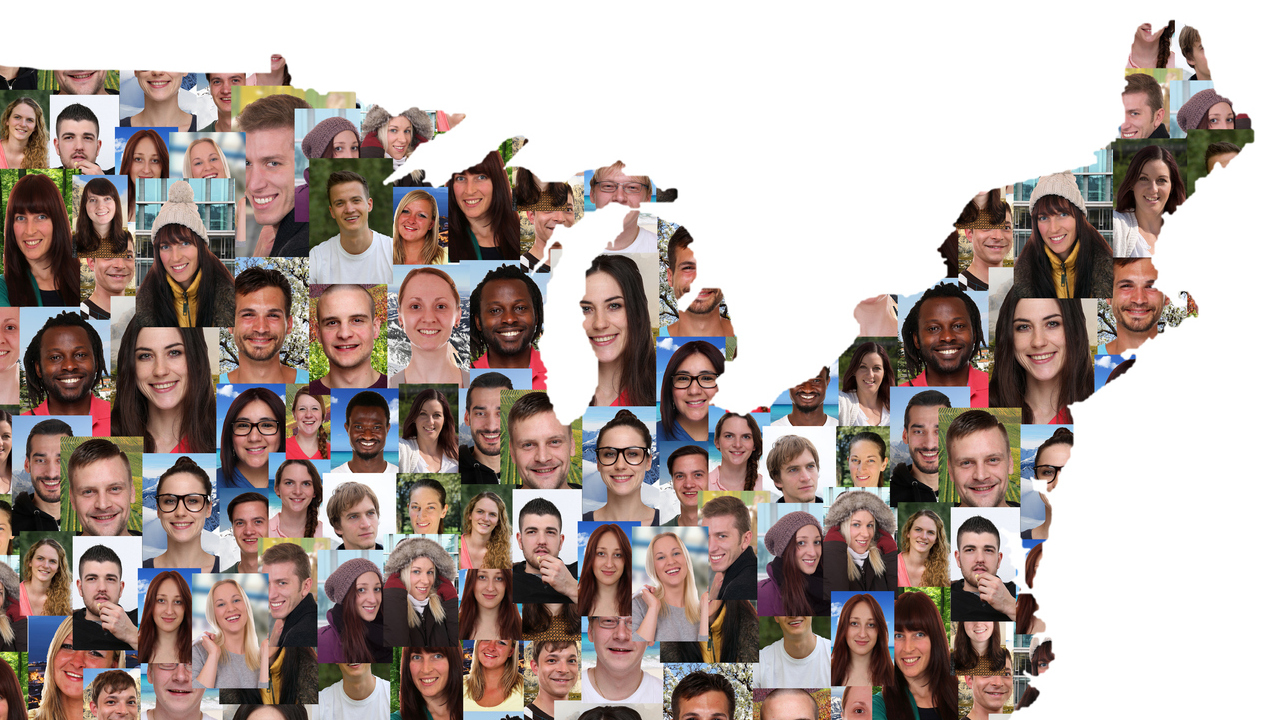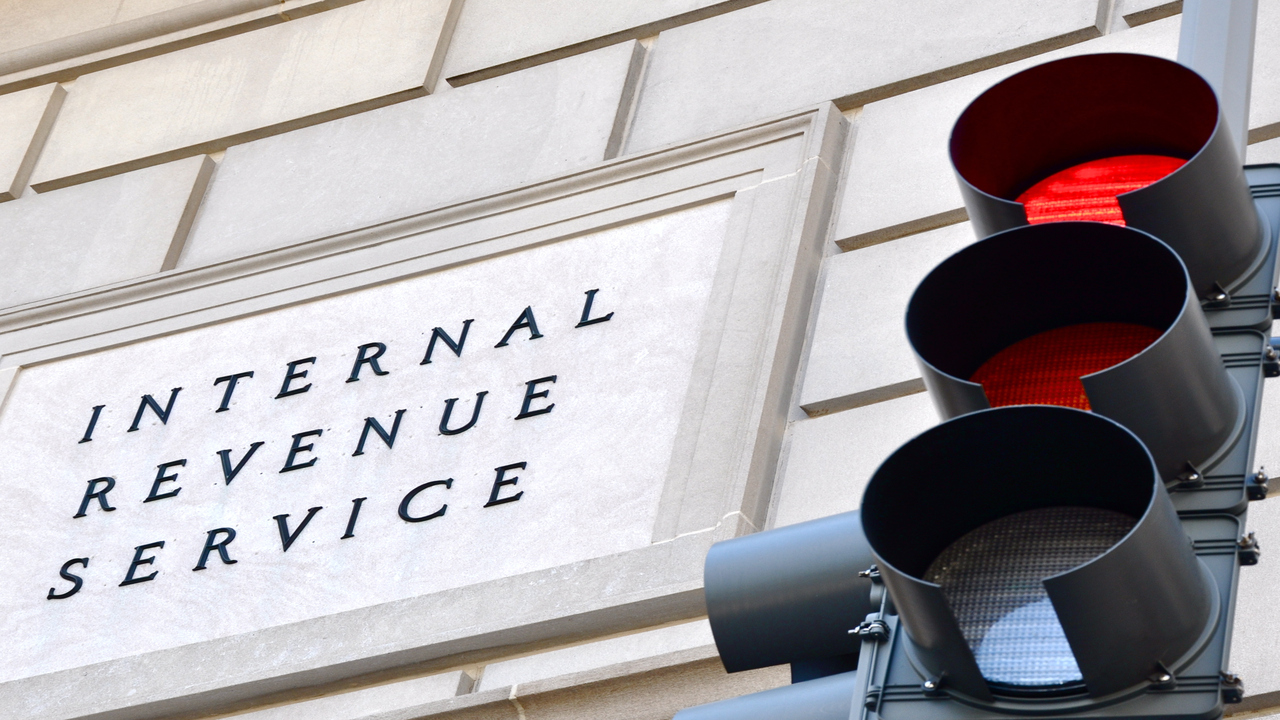The ordinarily fluent and unperturbed Justice Elena Kagan seemed, judging from the transcript, to be sputtering a bit in the oral argument of the Supreme Court’s case challenging the racial quotas and preferences used in admissions by the University of North Carolina.
Questioning the counsel for those suing the university, she said — and I’m eliminating the interjections she, like other smart people, used in extemporaneous discourse — “That gets us back to the question of what universities can do to achieve racial diversity, even without being explicit about racial classifications. Your brief is (saying) it just doesn’t matter if our institutions look like America.”
Though she doesn’t say so, Justice Kagan — and everyone else desperate to uphold racially discriminatory admissions to colleges and universities — has something specific in mind when she says, “look like America.”
That’s partly because, as the justice went on to explain, selective colleges and universities are “the pipelines to leadership in our society. It might be military leadership.” (As dean of the Harvard Law School, Justice Kagan barred military recruiters from campus in the days of don’t-ask-don’t-tell but also took special care to welcome military veterans as students.) “It might be business leadership. It might be leadership in the law.”
It certainly has been the pipeline to the Supreme Court. Eight of the nine current justices are graduates of Harvard and Yale, two law schools whose students have the highest test scores; the exception is Notre Dame law graduate Amy Coney Barrett.
Backers of the racial quotas regime want the percentage of those identifying as black or Hispanic to come close to matching the percentage of those in the national population that identify themselves with these labels in the largely self-administered decennial census.
The problem they face is that students at those schools almost entirely come from the top 1% or 2% on the scale of cognitive ability, as measured by IQ tests or by the SAT, ACT or LSAT tests long required for applicants to have a chance at admittance to selective colleges or law schools. Those who rank lower typically struggle with the level of instruction.
And no, those tests are not culturally biased, and yes, they are highly correlated with college and law school grades and with professional performance. For details, check out my American Enterprise Institute colleague Charles Murray’s 2021 book “Facing Reality,” which was almost entirely ignored by book reviewers unwilling to face its inconvenient truths.
One of those inconvenient truths is that the group of Americans with the top 1% or 2% of cognitive abilities doesn’t much “look like America.”
That small slice of the population includes much larger percentages of those classified as Jews and Asians than the total population. I suspect that if scholars looked more closely at these individuals, they would find especially disproportionate numbers of those with Ashkenazi Jewish, Guangdong or Fujian Chinese, Brahmin Indian and Coptic Egyptian ancestry. Their superior aptitude undoubtedly reflects some combination of genetic and cultural factors.
The top 1% or 2% also, inconveniently, contain significantly lower percentages of some white ethnic groups and of those commonly classified as black and Hispanic than the American population generally. But by no means none, as evidenced in the work of Justices (in order of seniority) Clarence Thomas, Sonia Sotomayor and Ketanji Brown Jackson. Or President Barack Obama.
America’s selective colleges and universities have long discriminated against applicants who are members of the ethnic groups heavily represented in the top 1% or 2%. From the 1920s through the 1960s, they admitted only small quotas of Jews each year — a history Justice Kagan is surely familiar with.
More recently, they have been discriminating heavily and systematically against those classified as Asians, whose high test scores are outweighed by conveniently low personality ratings by alumni or admissions office interviewers.
It’s not clear whether the likely Supreme Court ruling against such discrimination will be successful. University administrators have shown themselves willing to systematically lie and deceive to perpetuate it. But it is clear that such a decision will not block black people and Hispanics from high achievements in academic fields and otherwise.
For the fact is that the top 1% or 2% of Americans in any field of endeavor — the National Basketball League or Nobel Prize-winning scientists, Grammy Award-winning musicians or Olympic athletes — don’t “look like America.” Taken together, they’re people of diverse backgrounds producing diverse forms of excellence.
Racially discriminatory quotas and preferences in higher education and elsewhere violate our historic civil rights laws, reduce the prospects of the deserving and cast doubt on the genuine achievements of the intended beneficiaries. They’re the enemy, not the friend, of true American diversity.
Michael Barone is a senior political analyst for The Washington Examiner and a resident fellow at the American Enterprise Institute.
From 1974 to 1981, Barone was vice president of the polling firm of Peter D. Hart Research Associates. From 1981 to 1988, he was a member of the editorial page staff of The Washington Post. From 1989 to 1996 and again from 1998 to 2009, Barone was a senior writer for U.S. News & World Report. He was senior staff editor at Reader's Digest from 1996 to 1998.
Barone is the principal co-author of The Almanac of American Politics, published by National Journal every two years. The first edition appeared in 1971. He is also the author of Our Country: The Shaping of America from Roosevelt to Reagan (Free Press, 1990), The New Americans: How the Melting Pot Can Work Again (Regnery, 2001) and Hard America, Soft America: Competition vs. Coddling and the Competition for the Nation's Future (Crown Forum, 2004).
Over the years, Barone has written for many publications, including The Economist, The New York Times, The Detroit News, the Detroit Free Press, The Weekly Standard, The New Republic, National Review, The American Spectator, American Enterprise, The Times Literary Supplement and The Daily Telegraph of London. He has served as a political contributor to the Fox News Channel since 1998 and has appeared on many other television programs.
Barone graduated from Harvard College (1966) and Yale Law School (1969), and was an editor of the Harvard Crimson and the Yale Law Journal. He served as law clerk to Judge Wade H. McCree Jr. of the United States Court of Appeals for the Sixth Circuit from 1969 to 1971.
Barone lives in Washington, D.C. He has traveled to all 50 states and all 435 congressional districts. He has also traveled abroad extensively and has reported on elections in Russia, Mexico, Italy and Britain.
View his work here.





